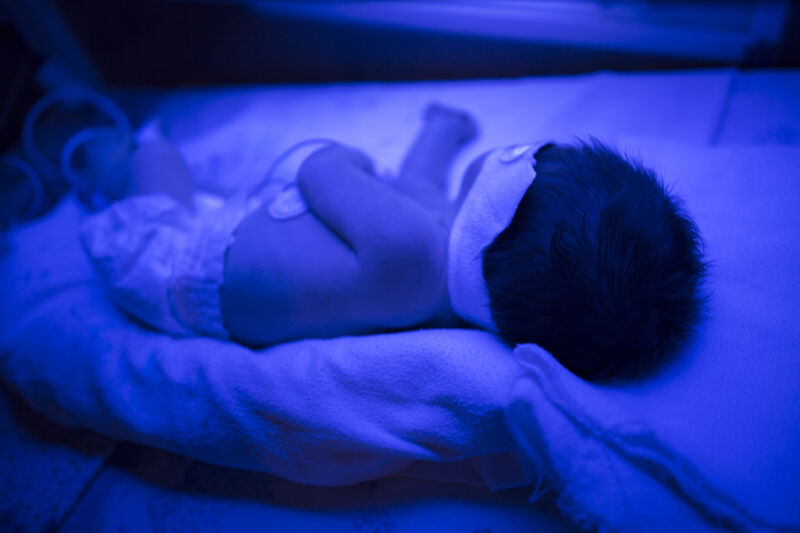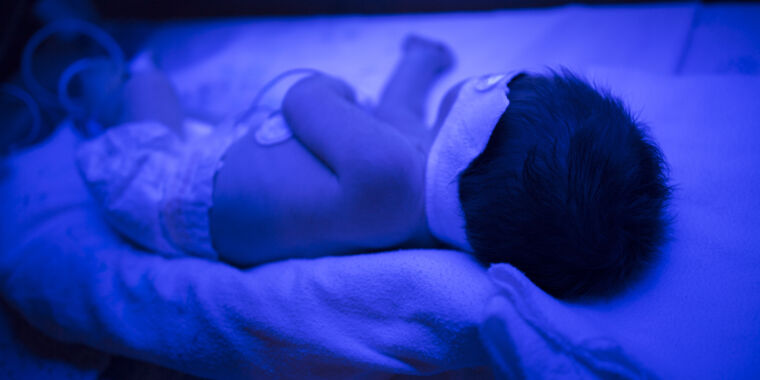
Health officials in Scotland on Thursday published early findings from a burgeoning international investigation into dozens of puzzling cases of severe liver inflammation among children. A few cases have already led to acute liver failure and liver transplants.
Thursday’s report detailed 13 severe cases in Scotland, mostly in children between the ages of 3 and 5 and nearly all occurring in just March and April this year. Scotland usually tallies fewer than four such cases of unexplained liver inflammation—aka hepatitis—in children over the course of an entire year. Of the 13 cases this year in Scotland, one has led to a liver transplant and five are still in the hospital. No deaths have been reported.
Meanwhile, health officials in England reported approximately 60 unexplained severe hepatitis cases in 2022, most of which were in children ages 2 to 5. Some of those cases progressed to acute liver failure, and a few have also led to liver transplantation. Again, no deaths have been reported.
In their report, Scotland officials noted that they have also been in touch with researchers at the US Centers for Disease Control and Prevention, which is investigating its own cluster of hepatitis cases in children. The US CDC did not immediately respond to Ars’ request for more information on the cluster, including how many children are involved and the severity of their cases. This story will be updated if more information becomes available.
Health officials are racing to understand what’s behind the acute illnesses. In the cases described so far, the most obvious infectious culprits that cause liver inflammation—hepatitis (A to E) viruses—have been ruled out, as the children have consistently tested negative. Health investigators also haven’t found a common food, drink, or personal care product that explained the illnesses. There are no clear connections between the cases, and there’s no link with traveling. Researchers also haven’t seen strong evidence of bacterial infection.
Hypotheses
Some children have tested positive for an infection with an adenovirus. For instance, five of the 13 children in Scotland tested positive for an adenovirus—two by throat swab, two by blood tests, and one by stool samples. And according to the health officials in Scotland who have been in touch with CDC researchers, the US cluster of unexplained hepatitis cases is also linked to adenovirus infections.
Adenoviruses are a large family of viruses that circulate widely and are often linked to respiratory and eye infections. However, they can cause various illnesses, including gastrointestinal and disseminated infections. Adenoviruses have been known to cause severe hepatitis in children, but it is rare in those who are not immunocompromised.
Some of the children in the UK have also tested positive for SARS-CoV-2 infections. For instance, five of the 13 children in Scotland had recently tested positive. None of the children had been vaccinated against the virus.
According to health officials in Scotland, the leading hypothesis is that the illnesses are caused by an infectious agent—rather than a toxic exposure—and an adenovirus is the prime suspect. The officials note two possibilities if an adenovirus is behind the acute cases: A new adenovirus has evolved to cause severe liver injury, or an existing variant that routinely circulates in children is causing severe disease because they have not previously been exposed to adenoviruses and are immunologically naïve. “The latter scenario may be the result of restricted social mixing during the COVID-19 pandemic,” the officials speculate.
But, there’s also the possibility that the clusters are related to infections with the omicron subvariant BA.2, which is sweeping through the UK and the US, or even a yet-to-be-identified variant. “A novel or yet undetected virus also cannot be ruled out at this time,” the officials wrote.
While researchers continue their investigation—which is still in the early stages—health officials in the UK are alerting doctors to look out for children with hepatitis symptoms, such as dark urine, pale feces, jaundice, itchy skin, nausea, vomiting, and lethargy.








